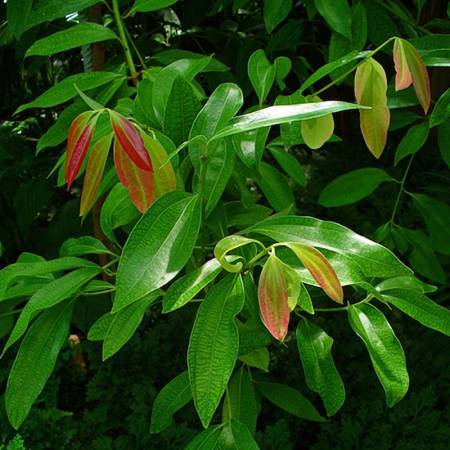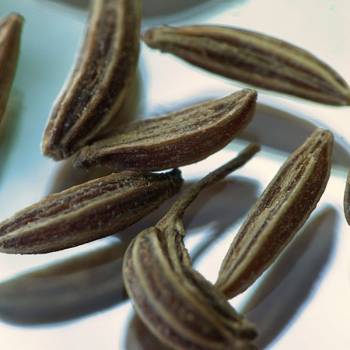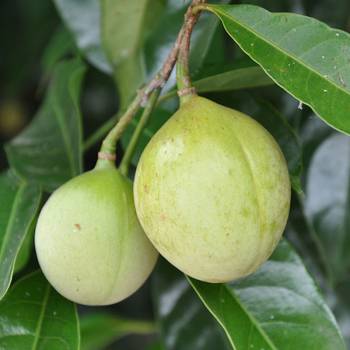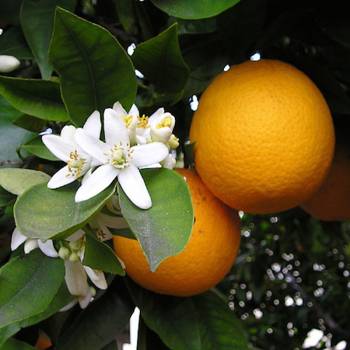Welcome Sign in
Product successfully added to your shopping cart
There are 0 items in your cart. There is 1 item in your cart.
Cinnamon Leaf - Cinnamomum zeylanicum
Unlike the inner bark that features the most renowned essential oil, its waxy green foliage, along with twigs, is the source of another separate oil. Bearing warm and earthy spiciness, cinnamon leaf oil is different from its cinnamon bark counterpart in that it is relatively milder and subtly clove-like, making it more suitable for aromatherapy.
New
Available
Data sheet
| County of Origin | Sri Lanka, Madagascar |
| Therapeutic Properties | Analgesic, anti-bacterial, anti-fungal, anti-infectious, anti-inflammatory, anti-rheumatic, anti-viral, carminative, energizing, rubefacient, warming |
| Botanical Family | Lauraceae |
| Chemical Family | Aldehydes, Phenols |
| Approx. Shelf Life | 4 - 5 years |
| Plant Parts | Leaf, twigs |
| Note Classification | Middle |
| Method of Extraction | Steam Distilled |
| Blends well with | Caraway, Clove, Mandarin, Myrtle, Nutmeg, Olibanum, Orange, Tangerine |
More info
History: This is one of the oldest recorded spices. In the East, they have used it for colds, flu, digestive and menstrual problems, rheumatism, kidney trouble and as a general stimulant. Egyptians used cinnamon in their embalming procedure. Greeks and Romans used it as an antiseptic.
Characteristics: Cinnamomum verum originates from Sri Lanka. It is a tropical evergreen tree of the laurel family growing up to 15 m (45 feet) in the wild. The tree has a very thin smooth bark, with a light yellowish brown color and a highly fragrant odor. Its pleasant scent has lead it to be a perfect addition to creams, lotions and soaps.
Clinical Studies:
Indications: Used for lice, scabies, warts, insect bites and stings, tooth and gum care, respiratory infect rhinopharyngitis, severe acute bronchitis, sore throat, bad coughs, rheumatism, gout, circulatory and cardiac stimulant, chills, colds, flu, viral infections, toothache, impotence, frigidity, exhausted states, depression, emotional coldness.
Personality Profile:
Subtle Aromatherapy:
Mode of Administration: Aromatherapy use with: aroma lamp, diffusor, inhaler. Essential oil therapists use in bath (with proper carrier oil, get out if it starts to burn) and in body and foot massage. Also used in liniments and food.
Safety: Dilute well before use; for external use only. May cause skin irritation in some individuals; a skin test is recommended prior to use. Contact with eyes and mucous membranes should be avoided. This has phototoxic properties and exposure to the sun must be avoided after application to the skin.









